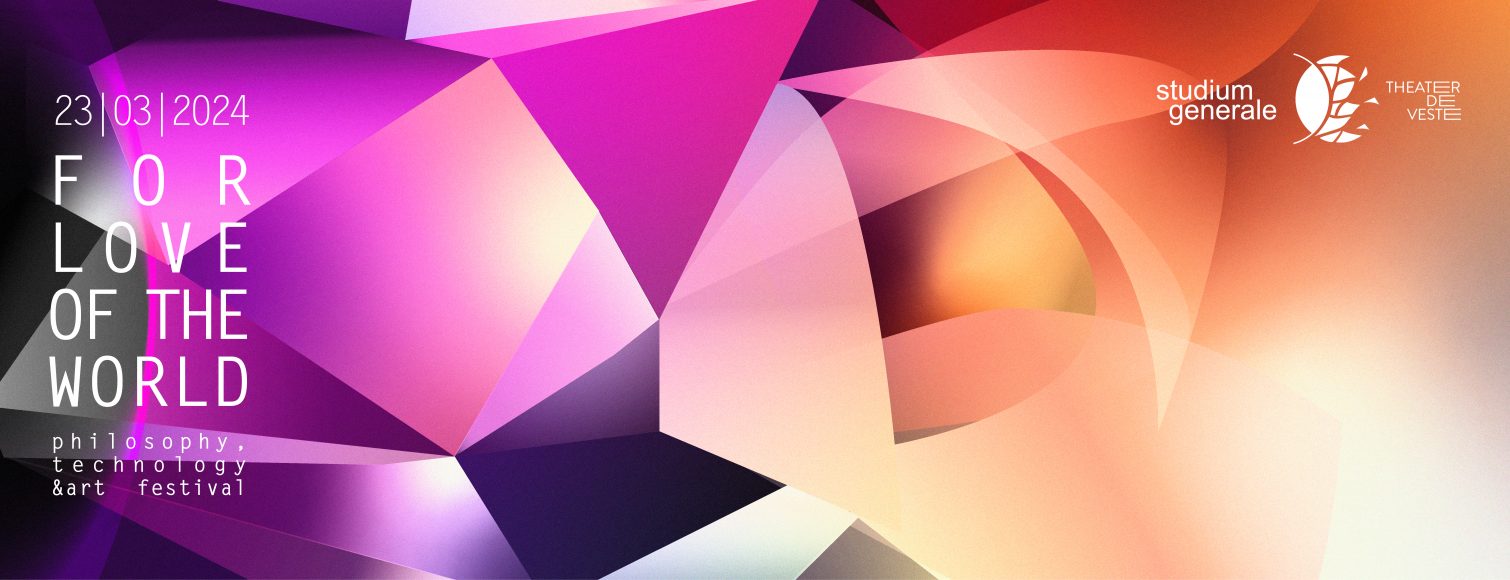Aquella Eterna Fuente (2024) is a new sculptural work by Alexandra Martens Serrano made specifically for the festival. The sculpture speculates on an evolutionary timeline by taking into consideration elements such as geological shifting terrains, the transformation of flora and fauna throughout the ages—and the shared lineages with humans—as well as the entwined influences our technological society has across these simultaneous histories. This work is part of the artist’s current research on a reconsideration and translation of the Latin American imagery of the tree of life.
A ‘tree of life’ is a clay sculpture commonly made by hand in central Mexico. The creation of trees of life is part of the ceramic tradition of the central highland region of Mexico. Pottery manufacture in that area, which includes clay figures, dates to between 1800 and 1300 BC. With the arrival of the Spaniards, a large part of the cultural heritage of indigenous peoples was destroyed and replaced them with Christian iconography. From then on, visual works focused predominantly on characters from the Catholic tradition, who were given ornamental aspects of the original traditions. The depiction of a ‘tree of life’ in paintings and other media was introduced as a way of evangelizing the native population.
The practice of Alexandra Martens Serrano (El Salvador/The Netherlands) explores the ways in which branches of knowledge production are configured, mediated, and transmitted. Her research focuses on sources of knowledge that may have been considered marginal: overlooked traditions, non-human perspectives, mythologies, and non-western histories, in order to construct a more inclusive concept of knowledge and reality.
Alexandra Martens Serrano
Alexandra Martens Serrano (SV/NL) is an interdisciplinary artist and researcher currently based in Amsterdam. She holds a BA Fine Arts from The Royal Academy of Arts in The Hague (2014) and an MA Art Praxis at the Dutch Art Institute (2022). Her practice explores the ways in which branches of knowledge production and the narratives they generate in relation to identity are configured, mediated, and transmitted. Taking shape in non-linear associative constellations through installations composed of various elements ranging from sculptures to drawings, video, text, and sound. Her research converges the development of techno-ecologies, which reverberate shadow discourses of magic realism, with intersectional ways of reconfiguring, ‘dubbing’, and entangling the world, amplifying and echoing ways of understanding otherwise.
Her research methodology focuses on a cross cultural approach but also an intergenerational and transdisciplinary discourse by using and blending various techniques, diverse materials, and digital softwares. She engages the beyond-human identities and assemblages of objects and images within her practice reflecting on how material and cultural artifacts embody meaning beyond their materiality within larger frameworks of linguistics, metaphysics, biopolitics, and history. Serving as hybrid gestures of decentralized cognition, she cultivates her work as vessels of alternative methods of communicating and perceiving in which various worlds collide.
RADIUS
RADIUS is a center for contemporary art and ecology. We are located in the city of Delft and stationed in the pump house and water basin belonging to the Delft water tower, a historical monument and architectural landmark.
We work collaboratively with artists and other stakeholders to tell the urgent and necessary story of climate and systems change by means of art. We do this through a continuous program, consisting of exhibitions, public and educational programs. Just as systems are made of fossilized stories, we work together with artists to tell stories that will shape the systems of the future. Using imagination and climate action, RADIUS focusses on shaping the blueprints for regenerative and sustainable more-than-human worlds.

